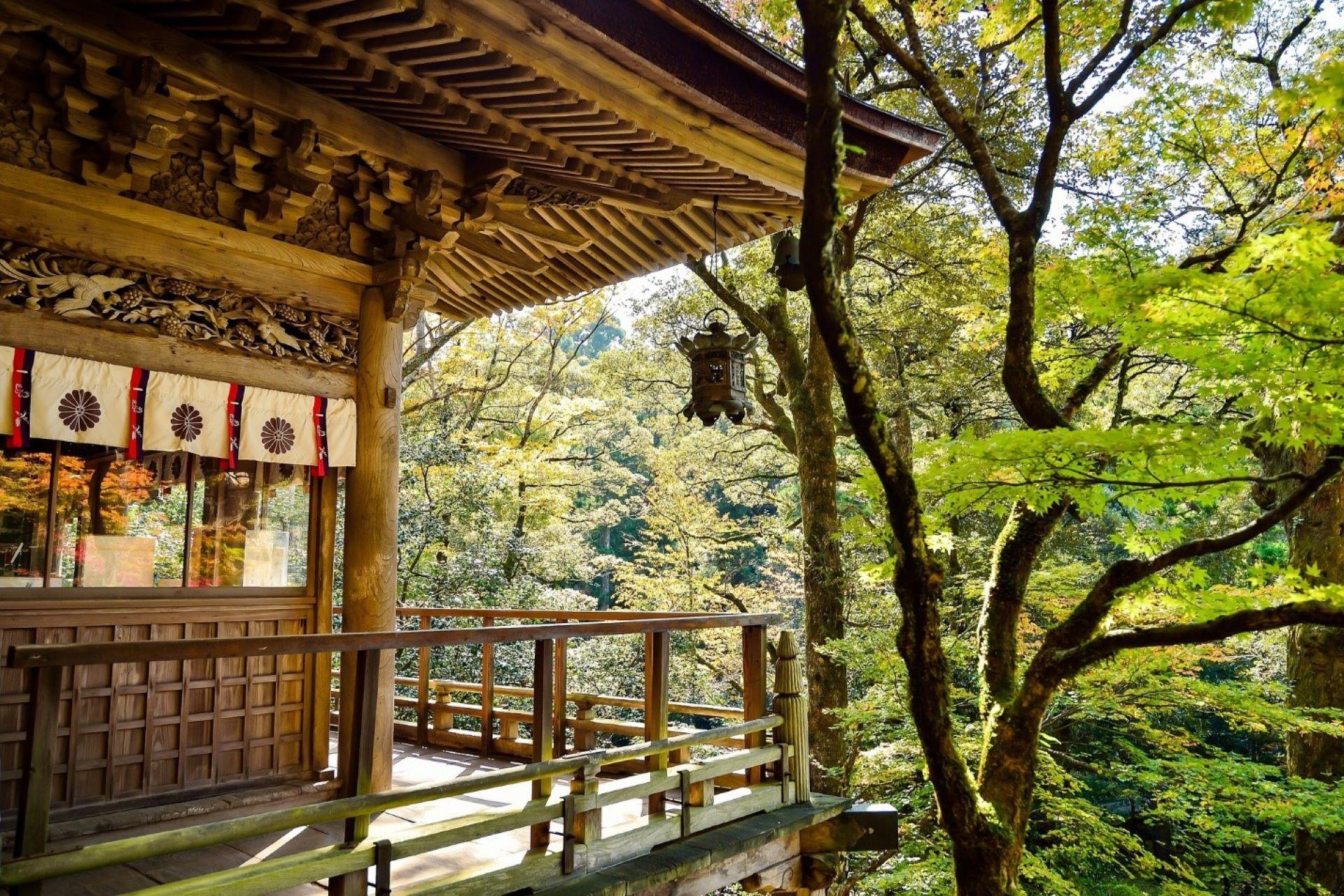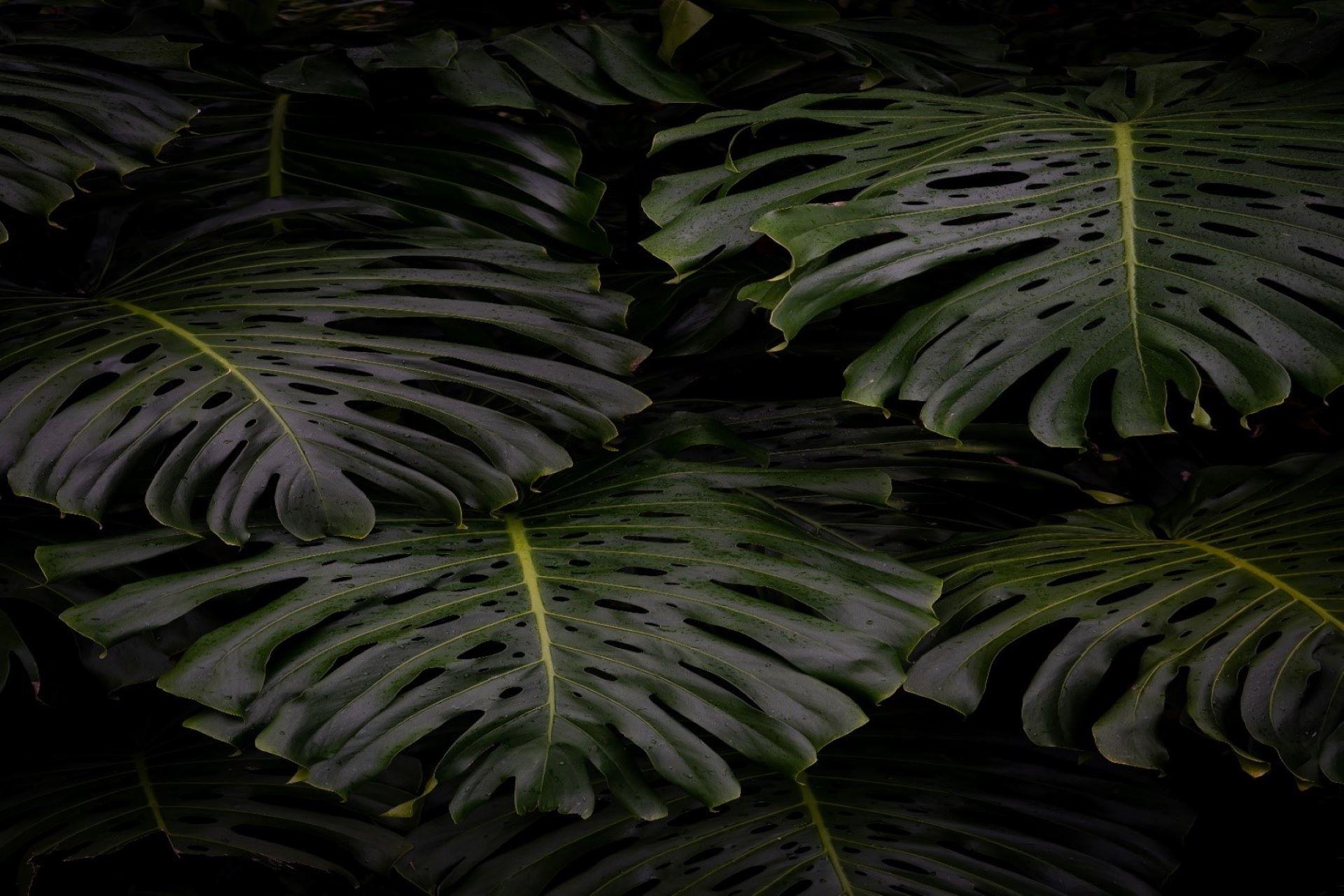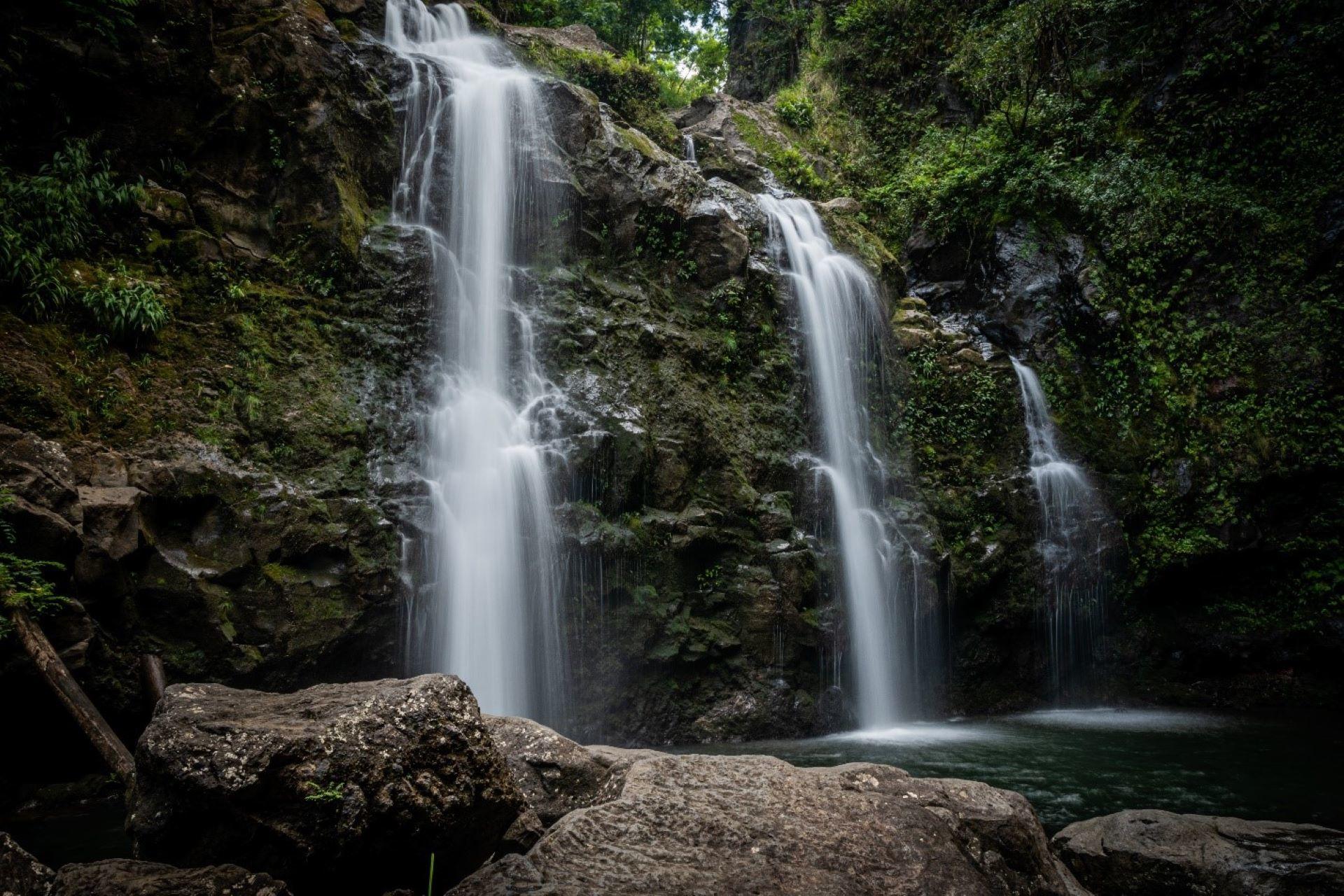Haiku is one of the purest and most stunning aspects of Japanese culture. It holds a special place in the hearts of many literature enthusiasts for its ability to convey profound messages through a confined set of words. If you’ve ever read famous haikus before, you might be fooled by its simplistic structure.
However, as a professional poet would tell you, this takes way more effort than simply building short verses. Writing haikus is a delicate process that requires a ton of understanding of language delivery and literary devices.
But fear not, for we’re here to bring light on learning this subject. We’ll introduce you to the beautiful realm of Japanese Haiku and reveal how you can start taking poetry classes for beginners to write your first piece today.

What Are Haiku Poems?

For those of us who write in English, Haiku is a 3-line poetry format that follows the 5-7-5 syllables rule. Traditionally, a haiku’s first and last line is written first, each measuring up to five syllables. Then, the middle line of seven syllables is written to complete the poem.
Unlike other forms of poetry, Japanese haikus stay fixated on these format rules and don’t follow any rhyming pattern, but as a general norm in the field of art, these rules are often twisted to emphasize a poem’s unique design.
Throughout history, most famous Japanese haikus have revolved around the topics of nature and the wonders of the world. However, writing about your personal life or other unconventional topics is also acceptable.
Of course, this is just scratching the surface of this beautiful form of literature. There’s much more you need to know to write an outstanding haiku, so if you’re ready to get your hands dirty with this subject, head over to Superprof to start your poetry classes to take you deep into the world of haikus.
Why Is It Important To Learn Haiku?
If you’re a poetry enthusiast, you may already have a good idea of why you should learn Haiku.
In the vast field of literature, poems let us be true to our hearts as they allow us to interpret our experiences and feelings in a subtle yet creative manner. On top of that, they let us picture concepts and entities beyond our reach and understanding, such as life after death, the character of God, the unknown of space, the wonders of life, the untouched possibilities, and many more.
Haikus expand upon the artistic potential of general poems. When a poet is tasked with following a strict format that allows a narrowed scope of vocabulary, he’s forced to dive even deeper into his ideas and twist their meaning even further.
Just go through a few famous Japanese haikus and give them some serious thought. You might find them vague at first, but as you explore the ins and outs of each line, you’ll understand the magical message behind each line.
As one of the most ancient forms of poetry, haikus emphasize the richness of Japanese culture and explore it in a way modern literature cannot. Additionally, since they’re heavy on nature-related topics, you’ll find yourself opening up to your surroundings and feeling more at peace with the world around you.
If exploring vast cultures is something that interests you, then we definitely recommend giving Haiku a shot. In fact, you’ll have an even better experience if you actively interact with poets to get the historical scoop on haikus.
Superprof can set you up with the best poetry classes for beginners with top tutors from all around the world. With their help, you can learn the treasured impact of haikus on literature as a whole. Head on to Superprof and learn the ins and outs of this magical form of poetry today.

Types of Haiku Poems

Although haikus have been carried for centuries, they haven’t transcended beyond their format and tone restrictions for the most part. That said, as Japanese traditions have evolved to explore foreign cultures, the diversity of haikus has expanded alongside them. Let’s take a look at the key topics you can expect to learn from haikus over the ages:
Seasons
A good majority of famous haiku poets express their feelings and observations about the yearly seasons and climates through their writing.
Summer, spring, autumn, winter— each season encapsulates a different emotion and atmosphere. Thus, the poet uses the visual details of each one to add character to an environment. You’ll find haikus using terms like: ‘under the blazing heat,’ ‘within the blooming blossoms,’ ‘between the dry dusk,’ and ‘over the storming clouds.’ Each of these symbolizes the mood the poet is trying to set in his poem.
Other than the primary seasons of the year, you can also talk about certain occasions or special times of the year, such as New Year’s Day or some traditional festival.
Nature
As mentioned before, nature is pretty much at the forefront of all haikus. Therefore, you have more than enough examples to find the inspiration for a nature-related haiku and write one yourself.
If you feel like ‘nature’ is too broad of a category and you can’t settle on what you should talk about, just look at what people have written over the decades. The simplistic format of haikus has been used to describe skies, oceans, and sceneries.
However, nature also consists of life, so people also write about plants, animals, and the wonders of wildlife. Some even talk about their loved ones and precious possessions since they’re an inspiring part of their natural environment.
Just pick a subject of nature and decide which aspect you want to focus on. Then, you just have to remember the format lengths to write your Haiku.
Comedy
When you look at the elements that make up a haiku, the final five-syllable line often acts as the punchline or climax of the whole poem. While the first two lines introduce and explore the subject, the third line is expected to deliver a final observation or opinion to finish the buildup.
Some poets enjoy delivering a twist or sense of irony in this line to subvert the reader’s expectations and ignite a sense of humor and amusement.
Not only does this technique set you apart from the typical tones of Haiku, but it also channels the reader’s engagement as they’ll be taken aback by the comedic poem and probably attempt to read it again.
Examples of Famous Haiku Poems And Poets

Now, you have a theoretical idea of Japanese haikus and what makes them so special. Let’s look at some of the most famous haiku poets throughout history and the beautiful pieces they’ve written to honor their tradition. As you read these, don’t be fooled by the sheer simplicity of the lyrics and instead, immerse yourself deep into their meanings and messages:
Matsuo Basho
1)
I’m lying covered
Beneath my futon, and still
This night is so cold.
2)
Come and see..
The true flowers,
Of this pained world
3)
Nothing,
In Cicadas’ cries..
Suggests they will soon die
4)
The first soft snow:
Leaves of the awed jonquil
Bow low
5)
Come, investigate loneliness!
A solitary leaf
Clings to the Kiri tree
Yosa Buson
1)
The old man,
Cutting barley..
Bent like a sickle
2)
In pale moonlight,
The wisteria’s scent..
Comes from far away
3)
A bat flits
In moonlight
Above the plum blossoms.
4)
Before the white chrysanthemum
The scissors hesitate
A moment.
5)
Blow of an ax,
Pine scent,
The winter woods.
Kobayashi Issa
1)
My grumbling wife—
If only she were here!
This moon tonight...
2)
This world is dew
—is simply a world of dew
...and yet... and yet.
3)
Summer night..
Even the stars,
Are whispering to each other
4)
Reflected,
In dragonfly’s eyes..
Mountains
Natsumi Soseki
1)
Over the wintry
Forest, winds howl in rage
With no leaves to blow.
2)
The lamp once out
Cool stars enter
The window frame.
3)
The crow has flown away;
Swaying in the evening sun,
A leafless tree.
4)
Watch birth and death:
The lotus has already
Opened its flower.
5)
Plum flower temple:
Voices rise
From the foothills.
Are you feeling inspired yet? If you’re not unsure about your abilities and are thinking, “Well, how do I write a good haiku?” fret not! With Superprof, that process is a piece of cake. It offers hundreds of poetry tutors ready to educate you about the immersive cultures of Japanese Haiku and transform you into a poetry master.
Your Best Haiku Tutor Is A Click Away
You’re all set for your haiku journey. You’ve seen what history has to offer, and you know the different shapes, and sizes haikus come in.
Now, all you have to do is find a haiku tutor on Superprof to jumpstart your classes and explain the complex mechanics of this poetry. With the proper literary guidance, you can contribute to bringing haikus to a new age. Sign up for affordable, flexible poetry classes for beginners on Superprof today to write your first haiku verse.
















